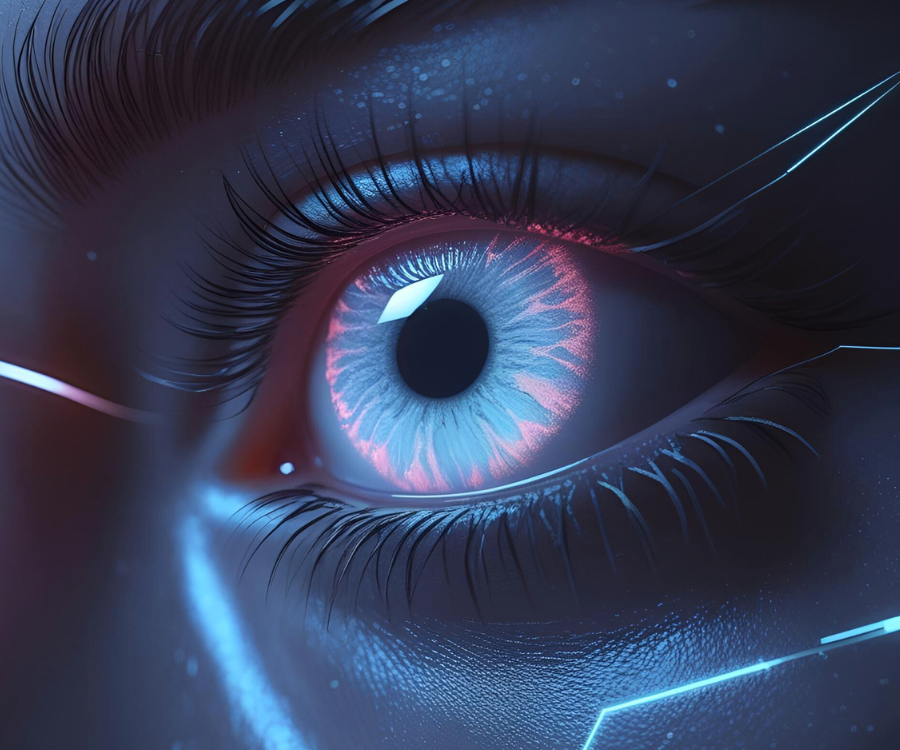A vision upgrade like never before
A team of scientists from University of Science and Technology of China (USTC) has created infrared contact lenses that allow vision in total darkness – even with closed eyes. This breakthrough relies on special nanoparticles that convert invisible infrared light into visible images. And it works without any external power source.
This innovation pushes the boundaries of human perception. Researchers are already improving resolution and light sensitivity.
How do infrared contact lenses work?
The lenses are made of a thin, flexible polymer. Embedded within are nanoparticles that react to infrared light. When infrared rays hit the lens, they are instantly transformed into visible red, green, and blue light.
Thanks to infrared’s ability to penetrate the eyelids, users can “see” even with their eyes shut. It’s a revolutionary step in wearable technology.
Where can they be used?
Infrared contact lenses open doors to various applications:
- Security and surveillance
- Vision restoration for visually impaired users
- Military and forensic operations
- Anti-counterfeiting and quality control
- Augmented reality and immersive gaming
In the near future, they may assist drivers, pilots, or workers in low-visibility conditions.
Why are they important?
Here are the main benefits of these next-gen lenses:
- No external power or wires needed
- Discreet and wearable like standard contacts
- Night vision without bulky gear
- Enhances natural sight, non-invasively
They combine practicality and innovation in a single solution.
A future shaped by vision
While these lenses are still under development, early test results are promising. Scientists believe they could become widely available sooner than expected.
In time, infrared contact lenses could become standard tools in medical, military, and tech industries.
Final thoughts
Seeing in the dark with closed eyes sounds like science fiction – but it’s here. Infrared contact lenses are transforming how we think about human vision. The future of augmented perception is no longer a dream. It’s happening now.


